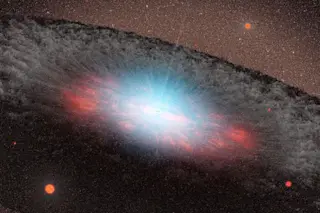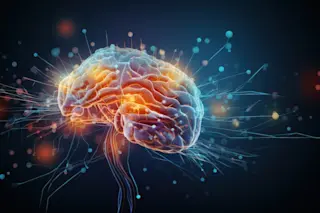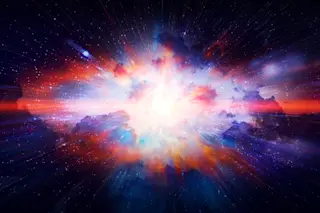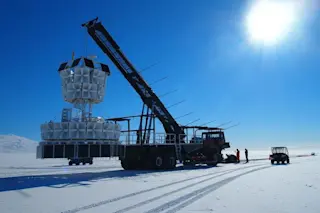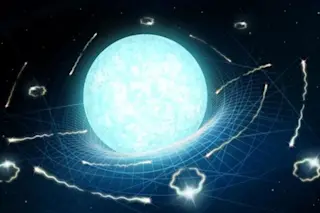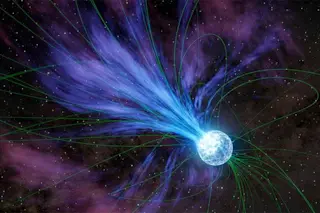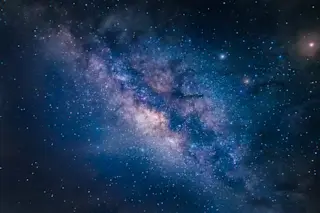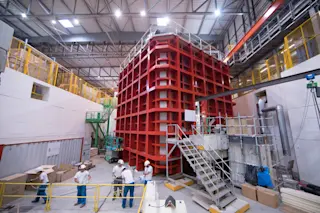This artist’s concept depicts a supermassive black hole surrounded by a dense disk of gas and dust in the center of a galaxy. (Credit:NASA/JPL-Caltech) Just last year, three American physicists shared the Nobel Prize in Physics for their role in the historic detection of gravitational waves. The signals came from cosmic ripples in space-time created by some of the most violent events in the universe: colliding black holes. Scientists have now detected six gravitational-wave signals — five from merging pairs of stellar-mass black holes, and one from a merging pair of neutron stars. But strangely, most of the stellar-mass black holes involved were more than 20 times as massive as the Sun. The find perplexed astronomers. Stellar-mass black holes, which form when massive stars collapse, typically top out at about 10 to 15 times the mass of the Sun.
So, how did these relatively small black holes bulk up before ...


